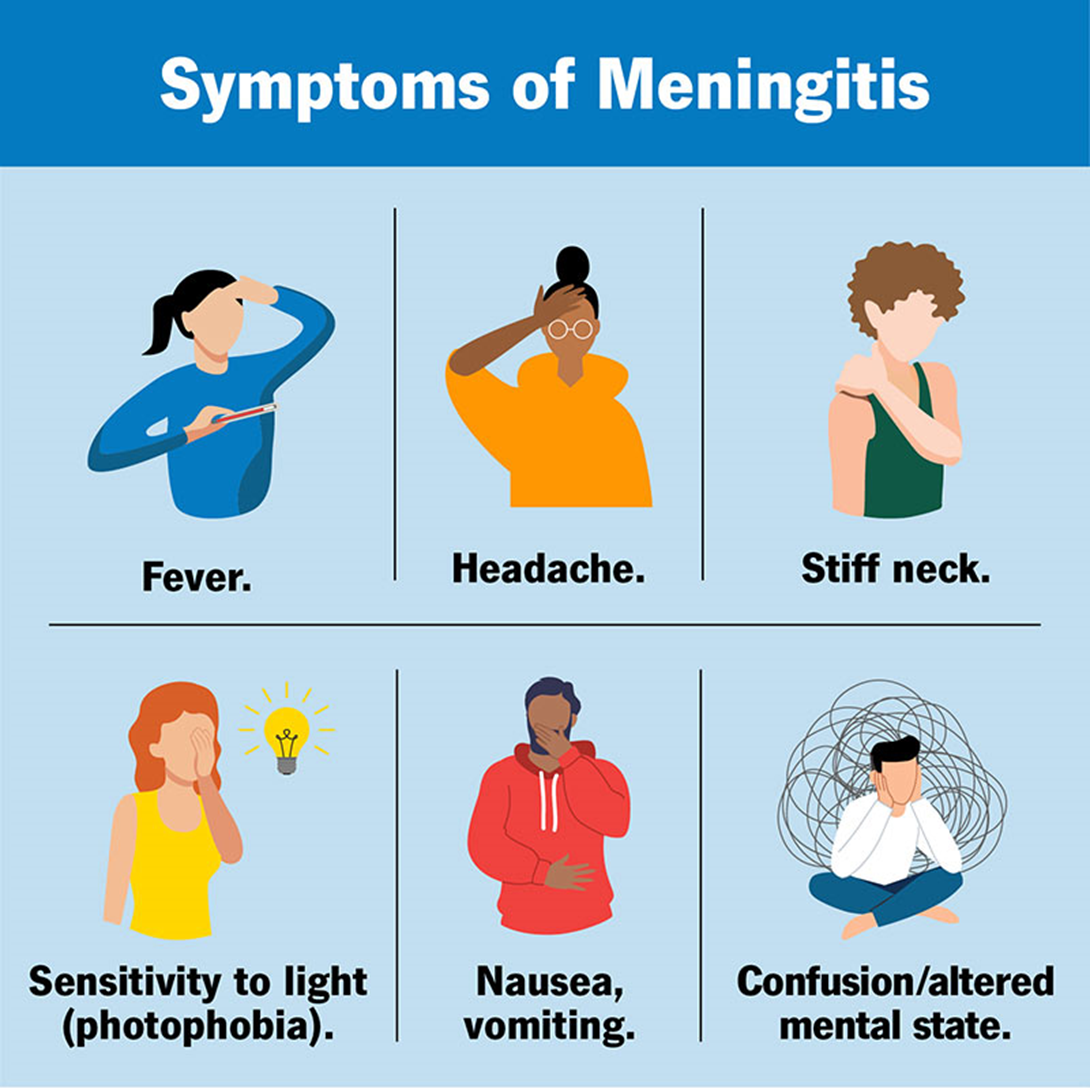A nurse is providing discharge instructions to the parent of a 10-year-old child following a cardiac catheterization. Which of the following instructions should the nurse include?
Offer the child clear liquids for the first 24 hours.
Assist the child to take a tub bath for the first 3 days.
Give the child acetaminophen for discomfort.
Keep the child home for 1 week.
The Correct Answer is C
Choice A reason: Offering the child clear liquids for the first 24 hours is not necessary, as the child can resume a normal diet after the procedure. Clear liquids are only recommended for the first few hours after the procedure to prevent nausea and vomiting.
Choice B reason: Assisting the child to take a tub bath for the first 3 days is not advised, as it can increase the risk of infection and bleeding at the catheter insertion site. The child should avoid tub baths, swimming, and soaking the site until it is completely healed, which may take up to a week.
Choice C reason: Giving the child acetaminophen for discomfort is appropriate, as it can relieve the pain and soreness at the catheter insertion site. The child should avoid aspirin and other nonsteroidal anti-inflammatory drugs (NSAIDs), as they can increase the risk of bleeding.

Choice D reason: Keeping the child home for 1 week is not required, as the child can resume normal activities within a few days after the procedure. The child should avoid strenuous activities, such as running, jumping, and biking, for at least 24 hours after the procedure.
Nursing Test Bank
Naxlex Comprehensive Predictor Exams
Related Questions
Correct Answer is A
Explanation
Choice A reason: Bacterial meningitis is a probable condition, as it is an infection of the membranes that cover the brain and spinal cord, caused by various bacteria, such as Streptococcus pneumoniae, Neisseria meningitidis, or Haemophilus influenzae. The adolescent has many signs and symptoms of bacterial meningitis, such as fever, headache, and neck stiffness.

Choice B reason: Viral meningitis is not a likely condition, as it is an infection of the membranes that cover the brain and spinal cord, caused by various viruses, such as enteroviruses, herpes simplex virus, or mumps virus. The adolescent has some signs and symptoms of viral meningitis, such as fever, headache, and neck stiffness, but they are usually less severe than bacterial meningitis.
Choice C reason: Encephalitis is not a probable condition, as it is an inflammation of the brain tissue, usually caused by viral infections, such as herpes simplex virus, West Nile virus, or rabies virus. The adolescent has some signs and symptoms of encephalitis, such as fever, headache, and altered mental status, but they are usually accompanied by focal neurological deficits, such as seizures, paralysis, or cranial nerve palsies.
Choice D reason: Brain abscess is not a definite condition, as it is a collection of pus within the brain tissue, usually caused by bacterial infections that spread from other parts of the body, such as the ear, sinus, or lung. The adolescent has some signs and symptoms of brain abscess, such as fever, headache, and altered mental status, but they are usually accompanied by focal neurological deficits, such as seizures, paralysis, or cranial nerve palsies.
Correct Answer is D
Explanation
Choice A reason: This is not a correct instruction for the nurse to include in the teaching plan. The parents should not remove the harness when bathing the infant, as this may interrupt the treatment and cause complications. The nurse should instruct the parents to sponge bathe the infant while wearing the harness, and to keep the harness clean and dry.
Choice B reason: This is not a correct instruction for the nurse to include in the teaching plan. The parents should not adjust the straps of the Pavlik harness by themselves, as this may affect the position and stability of the infant's hips. The nurse should instruct the parents to bring the infant to the provider's office regularly for check-ups and adjustments of the harness.
Choice C reason: This is not a correct instruction for the nurse to include in the teaching plan. The parents should not place a thin layer of clothing under the straps of the harness, as this may interfere with the proper alignment and function of the harness. The nurse should instruct the parents to dress the infant in loose-fitting clothing over the harness, and to avoid using bulky or cloth diapers.
Choice D reason: This is a correct instruction for the nurse to include in the teaching plan. The parents should check the infant's skin under the straps of the harness for redness or irritation, as this may indicate skin breakdown or infection. The nurse should instruct the parents to keep the infant's skin clean and dry, and to report any signs of redness, swelling, or drainage.
Whether you are a student looking to ace your exams or a practicing nurse seeking to enhance your expertise , our nursing education contents will empower you with the confidence and competence to make a difference in the lives of patients and become a respected leader in the healthcare field.
Visit Naxlex, invest in your future and unlock endless possibilities with our unparalleled nursing education contents today
Report Wrong Answer on the Current Question
Do you disagree with the answer? If yes, what is your expected answer? Explain.
Kindly be descriptive with the issue you are facing.
